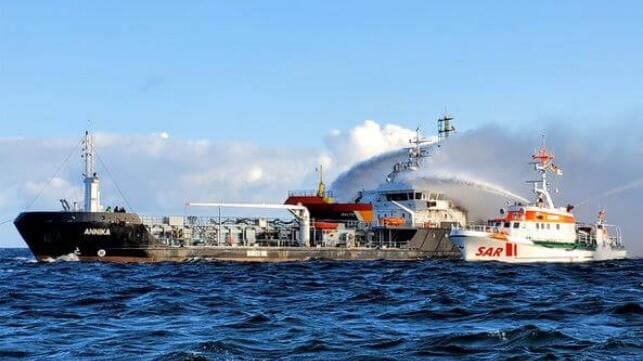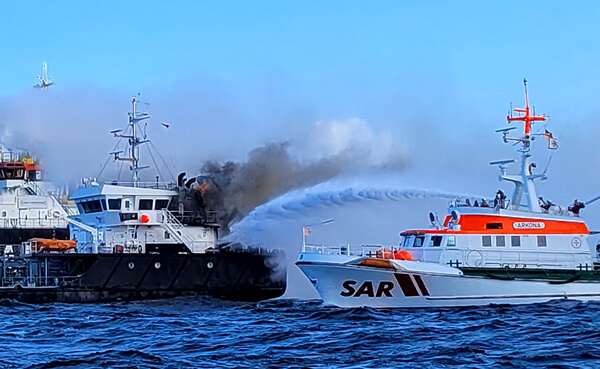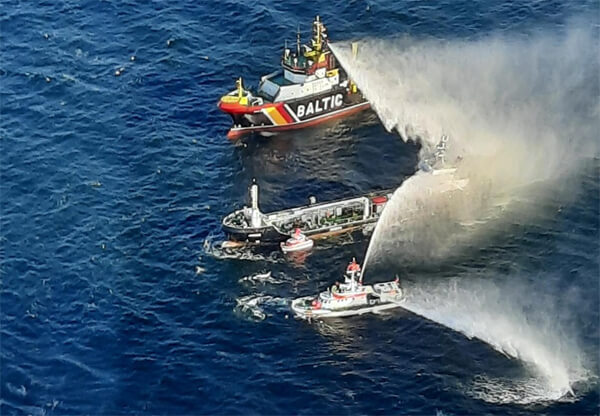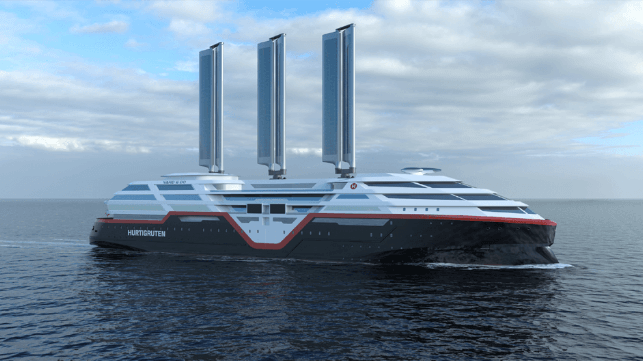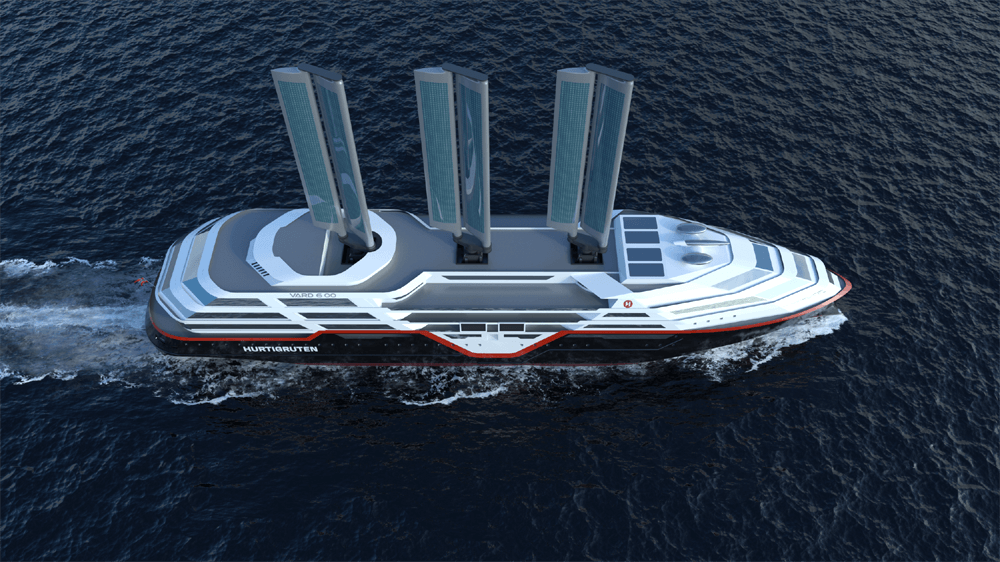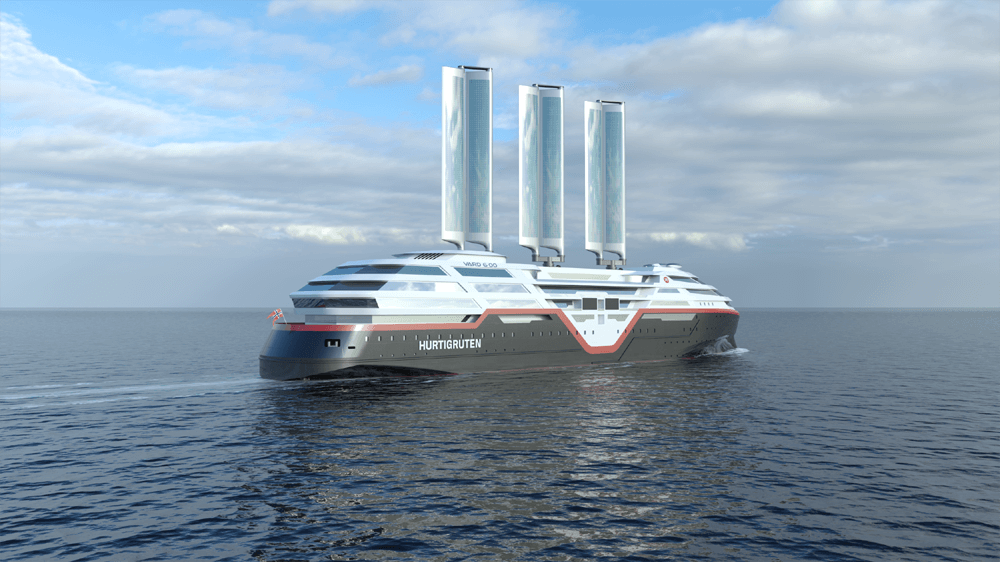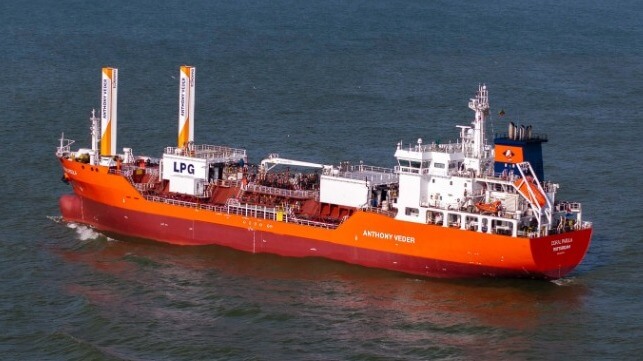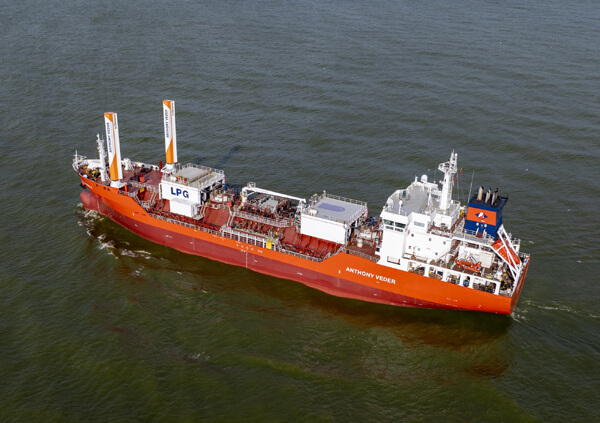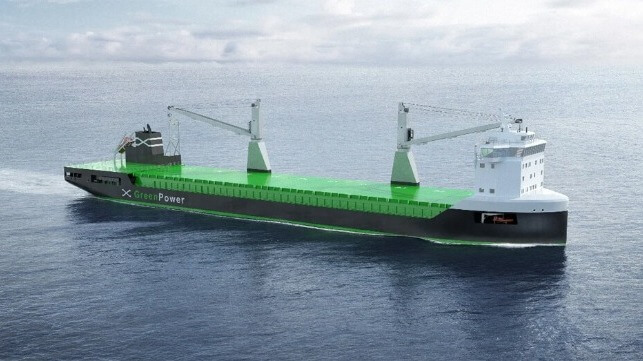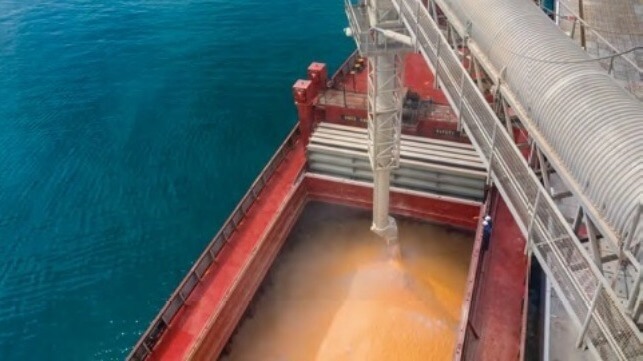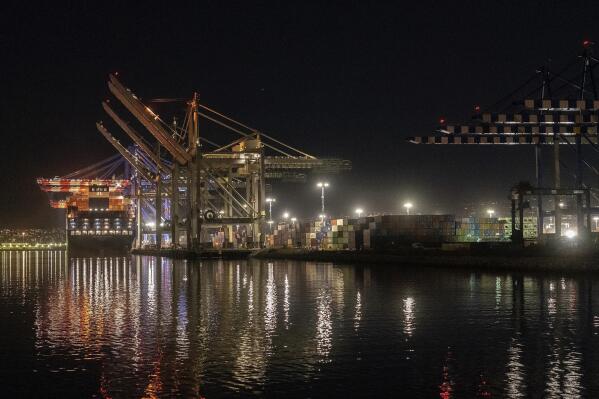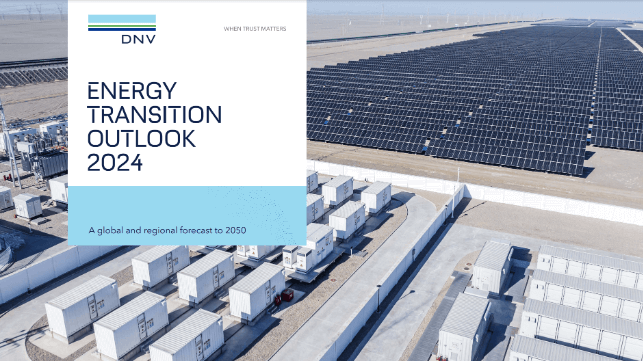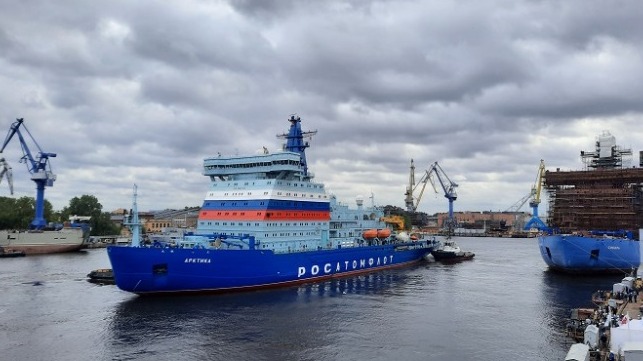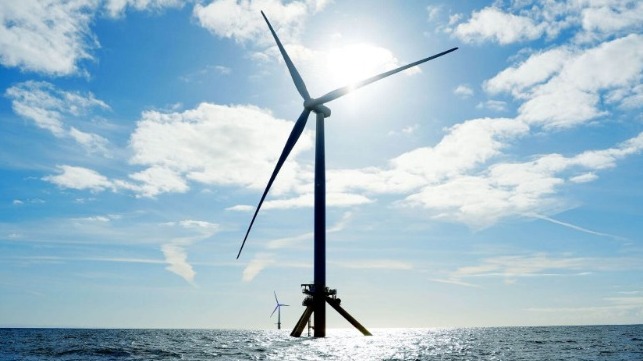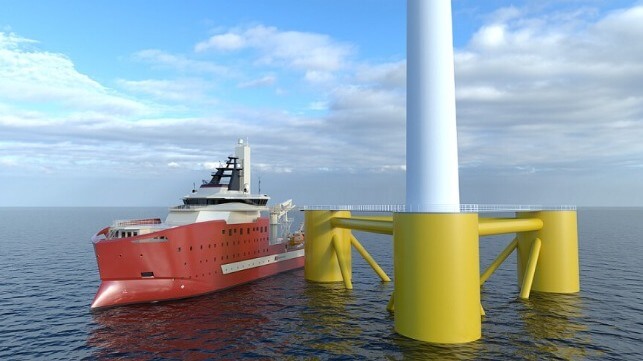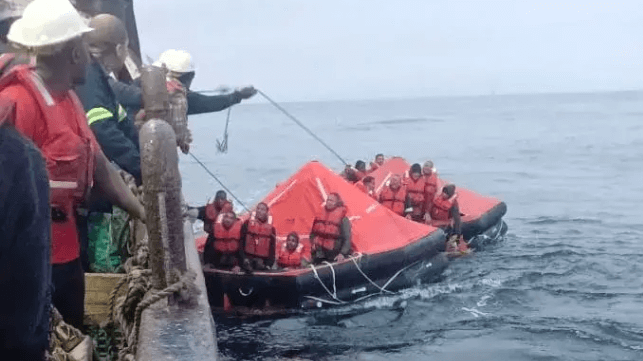NTSB: Sleep Schedule Change Contributed to $6M in Dock Damage
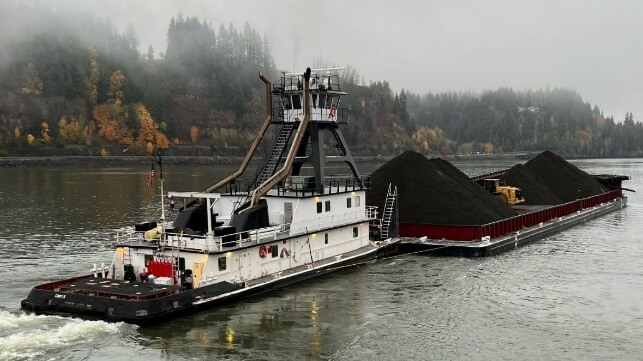
When the deckhand of the towboat Cindy B fell asleep on watch and let the barge tow smash into a dock last year, he had had about 10 hours of total sleep per day for two days running - but research suggests that his sleepiness was still predictable, according to NTSB.
In the early hours of November 12, 2023, the towing vessel Cindy B was pushing the deck barge St. John up the Columbia River near Clatskanie, Oregon, bound for Troutdale. There were three crewmembers aboard, a captain and two deckhands. The deckhands kept a six-and-six watch rotation, alternating time on duty every six hours and sleeping five hours or less between watches. The master stood watch as needed, depending on the situation, and was at the helm that morning.
At about 0530 hours, the master needed a break, and he asked the deckhand on duty to take the helm. The deckhand was a helmsman-in-training with about one year of experience on towboats, and occasionally would stand watch unmonitored for breaks. The master went below to use the lavatory and make some coffee.
While he was out of the wheelhouse, the Cindy B began to drift to starboard. At about 0548, the towboat and tow exited the main channel, maintaining speed as it approached the main deepwater dock of the Port of Columbia County. It passed neatly between two abandoned sections of train trestle and struck the dock's access causeway at a speed of about six knots.
A 100-foot section of causeway was destroyed, and a variety of related infrastructure - including a large pipe for diesel - was damaged. Luckily the fuel in the pipe did not spill in any significant quantity, but the cost of repair came to about $5.5 million. The barge's bow hull plating was bent inwards about three inches, along with other minor structural damage, and repair cost to the barge came to about $650,000.
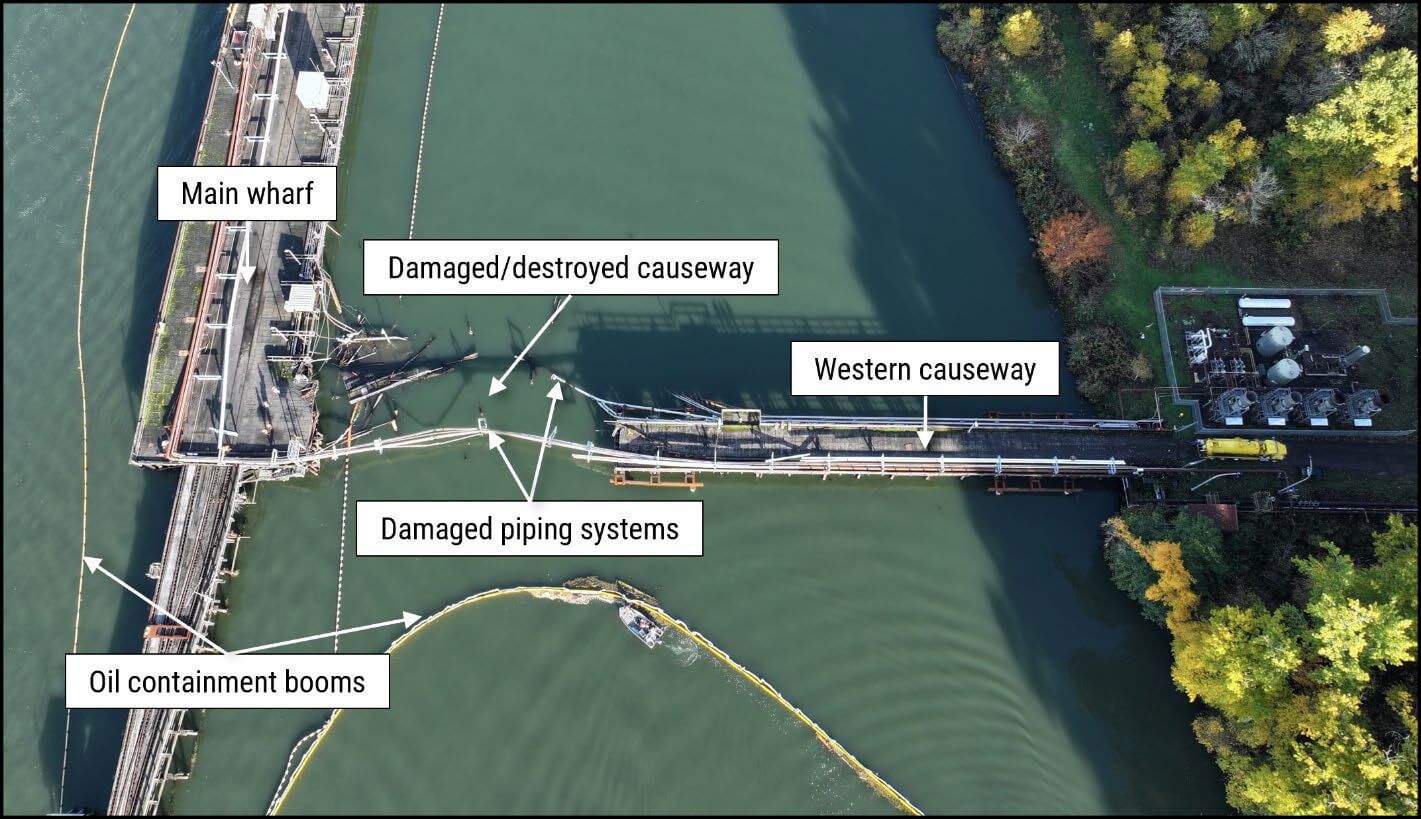
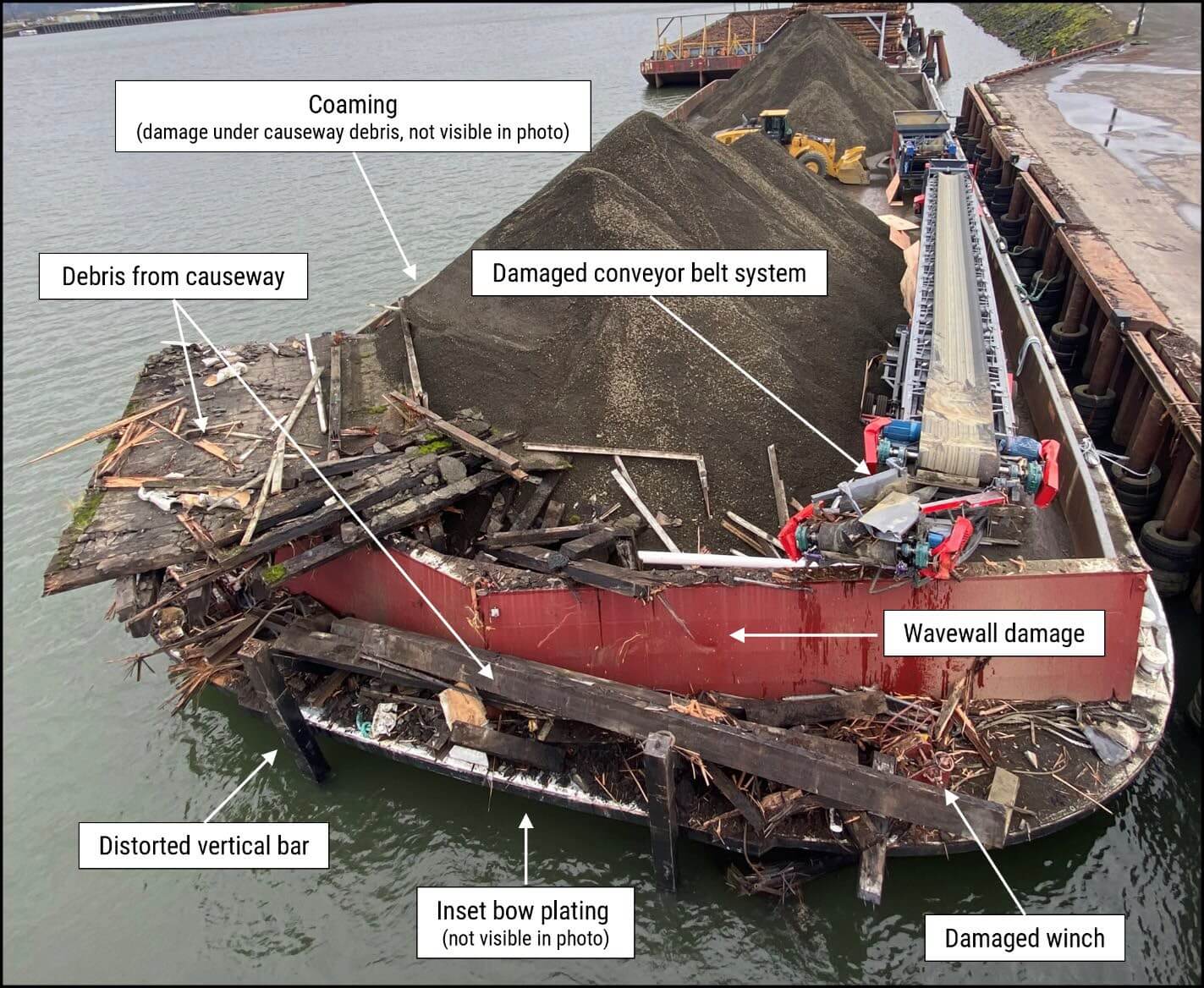
The deckhand was tested for drugs and alcohol, and the results came back negative. He told investigators that he had fallen asleep in between the time that the master left the wheelhouse (about 0530) and the time of impact (0552). The pilothouse alerter system failed to detect the change, perhaps because a dangling VHF microphone was swinging back and forth and activating the alerter's motion sensor.
NTSB looked at the deckhand's hours of work and rest for clues, and found that he had recently switched to a fragmented sleep schedule (six-and-six) with a night shift component (0000-0600). Though he had had 9-10 hours of total sleep in each of the past two days, a condition known as "circadian misalignment" caused by changing his sleep schedule may have led to "excessive sleepiness during watch."
"In addition to the general increased risk of accidents during a night watch, research of shift workers has shown that there is a greater chance of incidents during the first two nights of a night shift period," observed NTSB.
The agency acknowledged that it would be hard to address the risks posed by sleep schedule changes in the maritime industry, which is a round-the-clock enterprise. However, NTSB suggested that it might be possible to allow longer downtime between watches.
